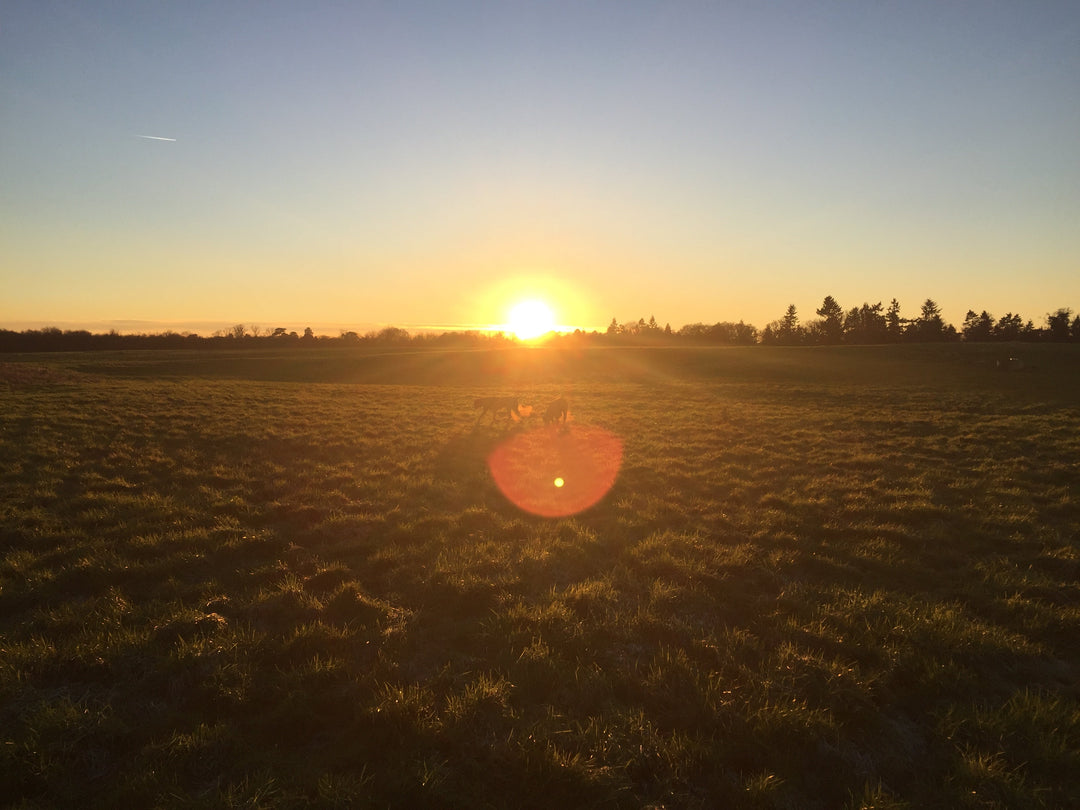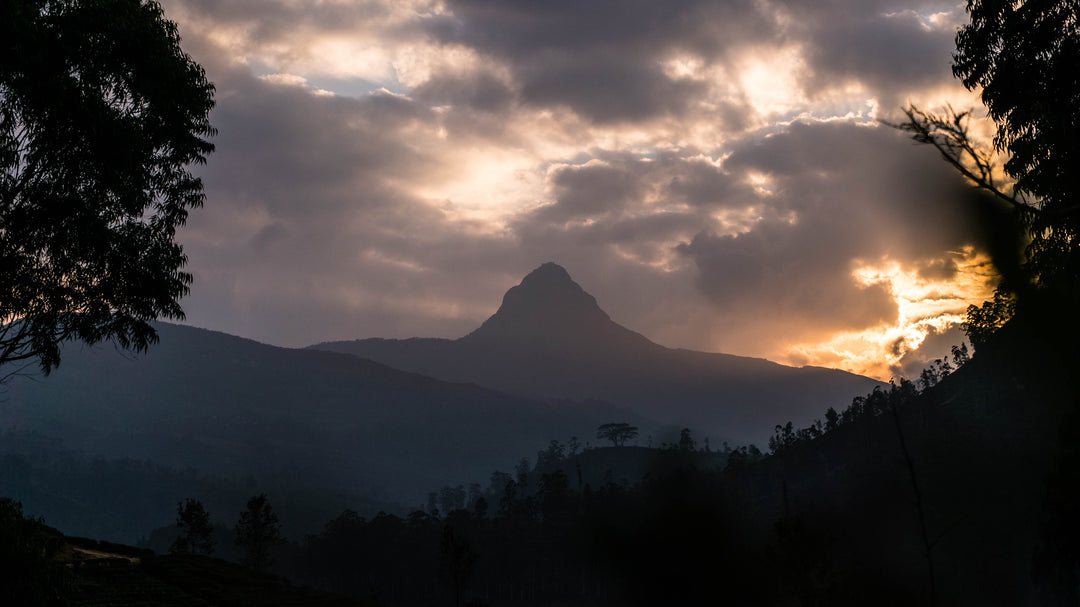Planters Way of Life Series – Part 1: The Iconic Tea Estate Bungalow Explained
Welcome to the first instalment of our series on Tea Planters, exploring where they live, pray, and play. This journey continues with the bungalow—the quintessential home of tea planters.
The Origin of the Bungalow
The word "bungalow" originates from the Bengali term "bangalo," meaning a single-story house in the Bengali style. Many Hindi and Sanskrit words, such as shampoo, pyjama, and khaki, have found their way into everyday English, reflecting the rich cultural exchange between the subcontinent and the West.
Home on the Hills
In the picturesque hills of the upcountry, bungalows are the homes of tea planters. These single-story houses, reminiscent of the architecture seen in the North East of Scotland, dot the mountainsides. Despite their name, most bungalows in the tea estates bear more resemblance to the charming homes found in the leafy suburbs of Surrey than to traditional Bengali houses.
Rudyard Kipling described bungalows as "shut up ness," enclosed within their own compounds and rigidly ordered. These homes represented a separation between the early planters and the local population. However, this was not always the case.

Morning cup of Tea on Glen Cairn bungalow Dick Oya
The Pioneers’ Early Days
In the pioneering days of tea planting, planters did not have the luxury of tidy bungalows. They began by felling jungles and living alongside their workers in rudimentary "bashas"—A-frame structures made from wood and the leaves of tailpot palms. These simple shelters served as their homes for the first few years, provided they survived the perils of the wilderness, such as wandering elephants or malaria-carrying mosquitoes. Mortality rates were three times higher here than in Britain.
As planters reaped profits from their initial crops, they invested in more permanent and safer structures. Early bungalows were constructed of wood and built on beams to keep out unwelcome guests, like snakes. Over time, as roads and towns developed, these wooden structures were replaced with more durable buildings, sometimes using bricks and stone imported from Britain.
Modern-Day Bungalows
Today, visiting the hill country and meeting friends usually means gathering at the bungalow. Whether enjoying tea on the lawn or sundowners on the veranda, these homes still offer a refuge for tea planters after a long day's work in the fields.
The bungalow is more than just a house; it's a symbol of the enduring spirit and legacy of tea planters.
As we continue our series, we will explore the other aspects of their lives, leading up to the introduction of our Planters Range—a tribute to the heritage and dedication of these remarkable individuals.






